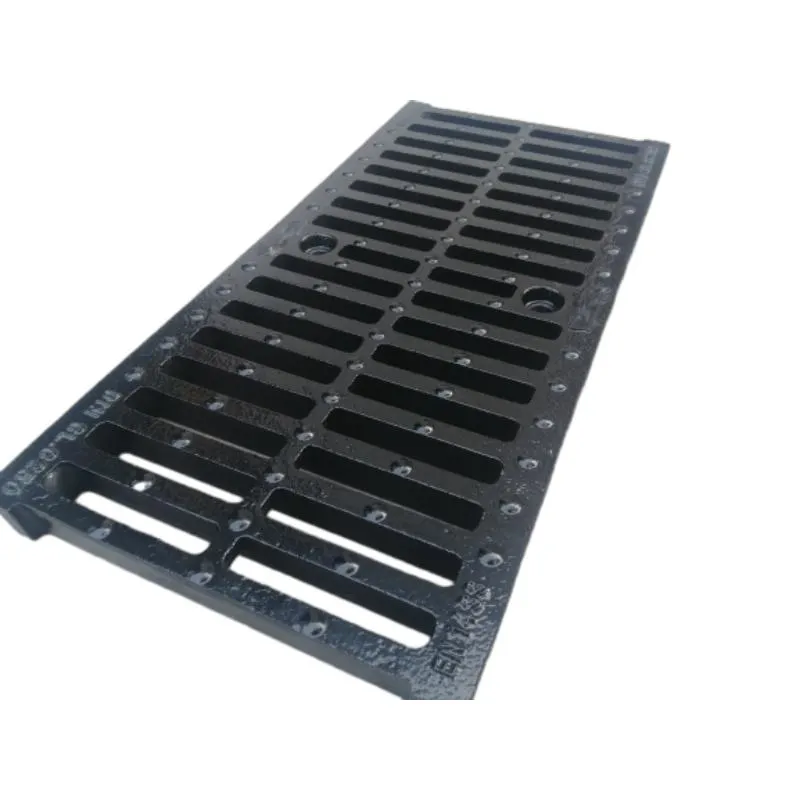Effective Strategies for Managing Stormwater Flow through Channels and Grates in Urban Areas
The Importance of Stormwater Channels and Grates
Stormwater management is a crucial aspect of urban planning, particularly as cities continue to grow and develop. One essential component of effective stormwater management systems is the use of stormwater channels and grates. These elements play a significant role in controlling runoff, reducing flooding risks, and protecting water quality.
Understanding Stormwater Channels
Stormwater channels are specially designed pathways that guide excess rainwater away from streets, parking lots, and other urban surfaces. They can take various forms, including open ditches, swales, and culverts. The primary purpose of these channels is to direct stormwater toward drainage systems or natural water bodies, thereby preventing water accumulation that can lead to flooding.
The design of stormwater channels must consider several factors, including the volume of water anticipated, the slope of the land, and the surrounding environment. Effective channels are built with materials that can withstand erosion and are often landscaped with vegetation to enhance absorption and filtration. Vegetative swales, for example, not only help manage stormwater but also improve the aesthetic appeal of an area while providing habitat for wildlife.
The Role of Grates
Grates are critical components that work in conjunction with stormwater channels. Typically placed over drainage inlets, grates serve multiple purposes. They protect the drainage system from debris, such as leaves, trash, and sediment, which can clog pipes and hinder water flow. By preventing blockages, grates help to maintain the efficiency of the stormwater management system.
stormwater channel and grate

Furthermore, grates help to control the amount of water entering the drainage system at any given time. They allow for a controlled flow, which minimizes the risk of overwhelming the drainage infrastructure during heavy rainfall. This is particularly important in urban areas where impervious surfaces, like concrete and asphalt, can lead to rapid runoff and increased flooding risks.
Enhancing Water Quality
Effective stormwater management is not just about controlling water flow; it's also about protecting water quality. When rainwater flows over urban surfaces, it can pick up pollutants such as oils, heavy metals, and chemicals, which can then be transported to nearby water bodies. Stormwater channels, coupled with properly designed grates, help to mitigate this issue.
Some grates include sedimentation basins or filtration systems that trap pollutants before they can enter the stormwater drainage systems. By incorporating biodiversity-friendly designs, such as bio-retention areas, cities can further enhance the filtration of rainwater, allowing cleaner water to reach rivers and lakes.
Conclusion
As cities continue to face challenges associated with urban runoff, effective stormwater management becomes increasingly vital. Stormwater channels and grates are fundamental elements that not only help mitigate flooding but also protect the environment by ensuring that water quality is maintained. By investing in well-designed stormwater management systems, cities can create sustainable urban landscapes that better handle rainwater, reduce pollution, and enhance the quality of life for their residents.
In a world grappling with the impacts of climate change and increasing storm events, the significance of proper stormwater management cannot be overstated. It is a proactive approach that combines engineering, environmental awareness, and community planning, ultimately contributing to healthier ecosystems and more resilient urban areas.
-
Square Sewer Cover Enhances Urban SafetyNewsAug.01,2025
-
Pipe Fitting Requires Precise AlignmentNewsAug.01,2025
-
Manhole Step Is DurableNewsAug.01,2025
-
Manhole Cover Is Found WorldwideNewsAug.01,2025
-
Hole Cover Frame On RoadsNewsAug.01,2025
-
Gully Grate Improves Road SafetyNewsAug.01,2025
-
Man Hole Cover Round Load CapacityNewsJul.31,2025
